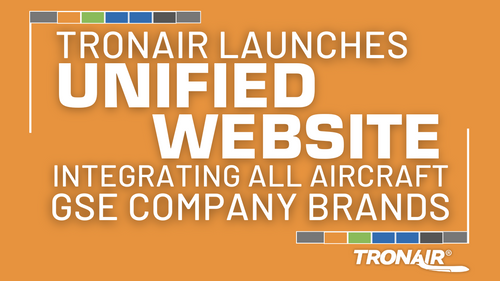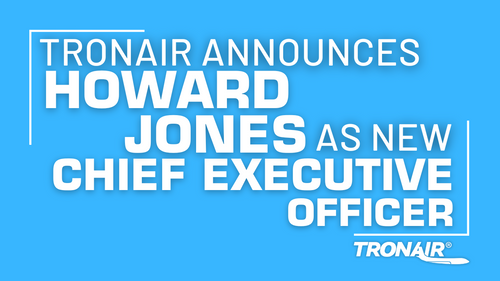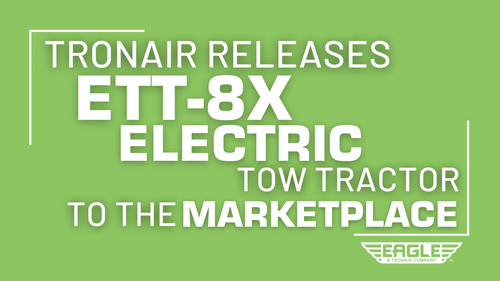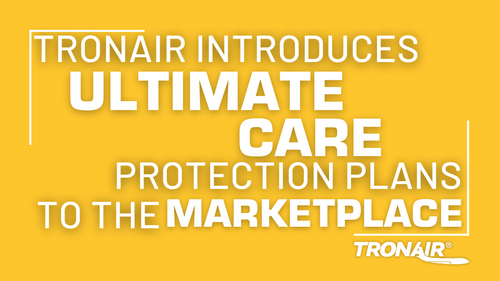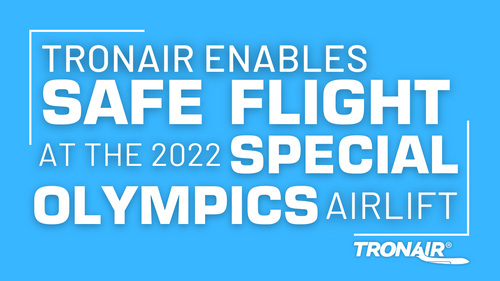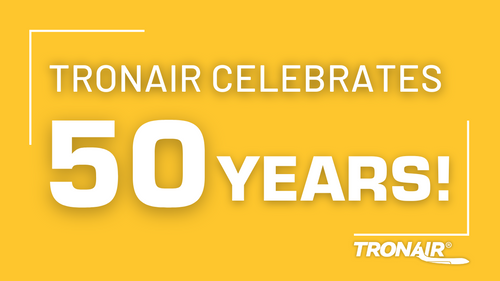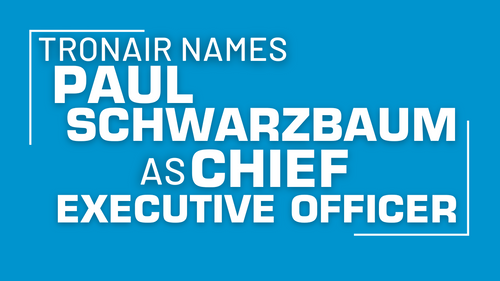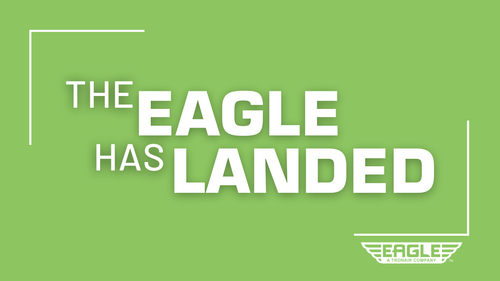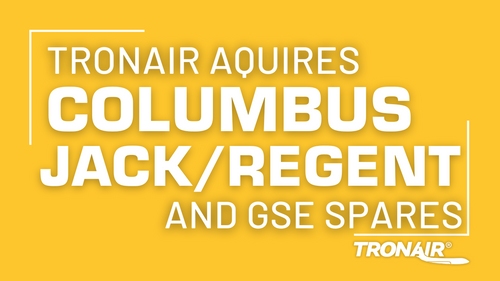
How to Create a GSE Airport Replacement Plan
Resources & Technical ArticlesAirport ground support equipment (GSE) naturally becomes outdated and even obsolete as the years go on. And when a fleet is down a vital piece of equipment, it can really impact efficiency, productivity and the bottom line. Because of this, it's essential to put a replacement plan in place for electric aircraft tugs, baggage tractors and any other airport GSE. This step-by-step guide will take a high-level look at the process of creating a GSE airport replacement plan to ensure you're never left in the lurch.
Note that this should not be considered an exhaustive guide. Be sure to consult your airport GSE maintenance manual, as well as your equipment manufacturer for model-specific guidelines.
1. Identify Obsolete or Outdated GSE
While towbarless tugs and other types of GSE are durable, every piece of equipment does have a finite lifespan. Some equipment, like air conditioning carts, doesn't evolve much from year to year, so you won't have to replace these items as frequently. But other equipment, like aircraft tugs, is continually evolving to become more efficient, easy to operate and environmentally friendly.
The first step to putting together a GSE airport replacement plan is being able to recognize and identify obsolete, outdated or non-functioning airport ground support equipment. Ground crews should be trained to look for the warning signs of ground support equipment that may be on its last leg.
When determining if a GSE vehicle is outdated or not working properly, look for the following red flags:
- - You have difficulty starting older diesel-powered tractors and tugs.
- - The airport GSE is emitting a lot of carbon.
- - The ground handling equipment burns a large amount of petroleum.
- - The equipment has to run for a long time to achieve its peak operating temperature.
- - The operational controls just aren't as intuitive or user-friendly as they should be.
Be sure to always reference your model-specific maintenance manual or reach out to the manufacturer for troubleshooting and maintenance instructions prior to replacing GSE.
2. Understand How Your Organization Operates
Next, you need to fully understand on an intimate level how your organization operates on a day-to-day basis. Consider which aircraft tugs and airport GSE get used the most, and which don't. Implementing a replacement plan can also help you to identify which equipment needs immediate attention. This includes all obsolete, old and underused ground support equipment. Airport GSE fleets can also commonly include older equipment that may cost more to repair and maintain than it would to simply replace.
Your GSE replacement plan should involve a working detailed list of all current equipment, including:
- - Make, model and serial number of GSE
- - GSE category and department
- - Model specifications and capabilities
- - Equipment location
For each, include the status of the GSE and replacement goals based on its age, condition and maintenance/repair schedule.
Keep all of this in mind when creating a GSE airport replacement plan. When you are able to identify how much a piece of equipment gets used, you can better formulate a regular maintenance, repair and replacement schedule if you don't already have one in place.
3. Put Maintenance Plans in Place
Ground support equipment maintenance is critical to staying up to date on the status of a GSE fleet. Having an efficient maintenance plan ensures a well-planned, well-timed schedule and allows your fleet management team to stay on top of fault code notifications, utilization levels and real-time maintenance statuses. This will allow you to take early action to reduce untimely and expensive repair costs. Maintenance schedules can assist in:
- - Reducing the risk of GSE downtime
- - Forecasting maintenance budget costs
- - Obtaining real-time operation and maintenance history data
- - Scheduling the replacement of old equipment
4. Establish a Realistic Budget
Now that you have identified outdated or inefficient GSE and have a full grasp as to how your operation works, you're better positioned to establish a realistic budget based on your needs. It's important to understand that there is no industry standard budget you need to be working within. Every organization is different and thus has different needs and budgetary concerns.
A replacement budget has to be based on your organization's realistic day-to-day needs. Do thorough research on what is available on the market and compare that to what you actually need. Don't buy airport GSE that won't get used. But you also shouldn't skimp when it comes to GSE fleet workhorses. Create a list of must-have GSE requirements so you can accurately budget for your needs.
If you are regularly maintaining and servicing your airport GSE, the equipment should be easy to resell or can even earn you credit as a trade-in. But it's important to understand that some obsolete GSE is just too old or worn and may be resigned to the scrap yard.
A good GSE airport replacement plan is one that works best for your employees and organizational needs. Consider what ground support equipment will allow ground handling crews to do their very best work both safely and efficiently. By taking the time to plan a thorough and realistic GSE airport replacement plan, you'll be better positioned to keep your GSE fleet healthy and productive, no matter what is thrown your way.
Update Your GSE Fleet with the Help of Tronair
At Tronair, we're proud to be a crucial part of your GSE airport replacement plan. Our selection of airport ground support equipment for sale includes everything from aircraft recovery dollies to electric aircraft tugs. Let us help replace your outdated equipment seamlessly with durable and efficient ground support equipment you can rely on. Have a question about any of our product lines? Reach out today and let us help customize a solution for your needs.

